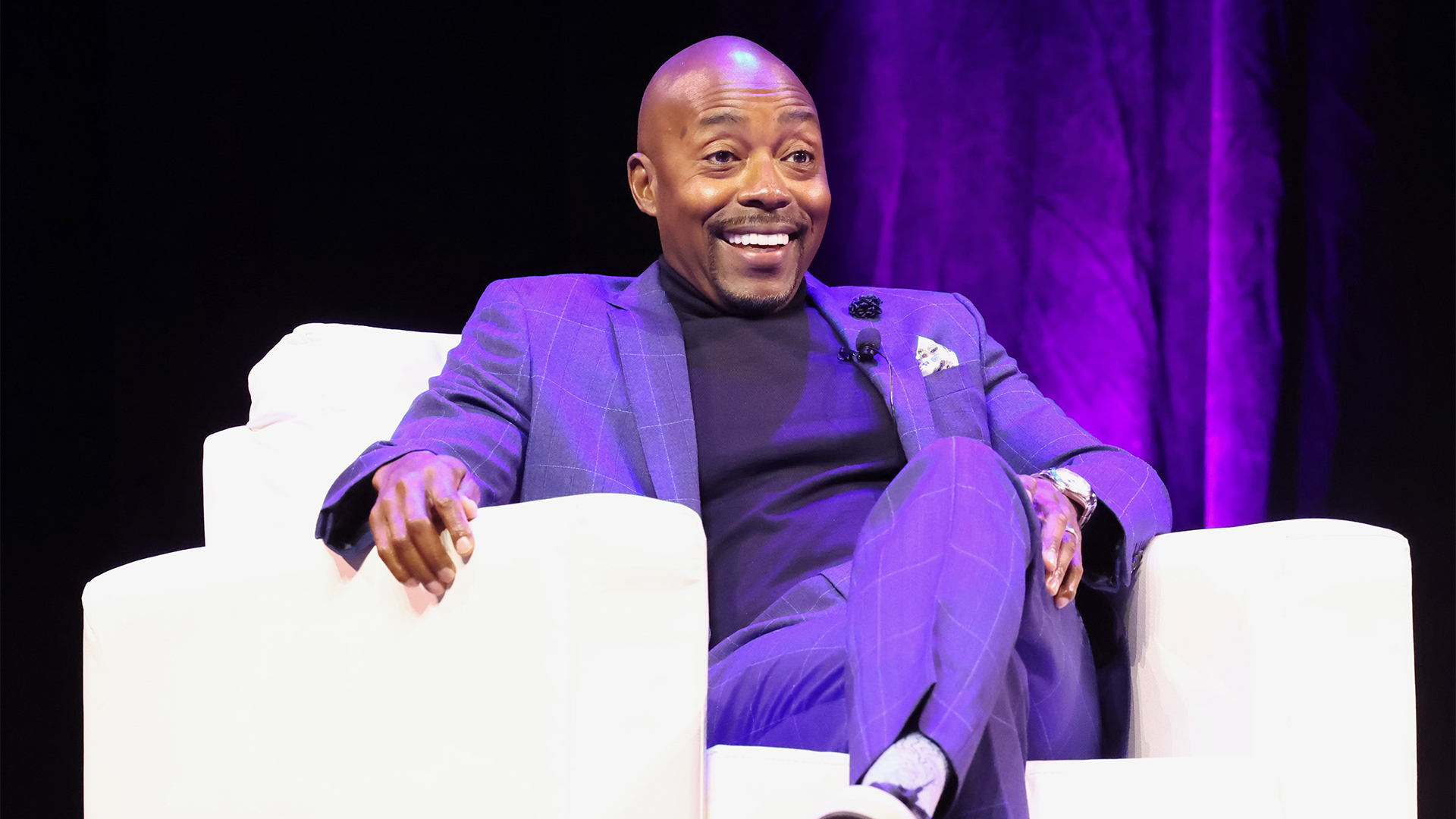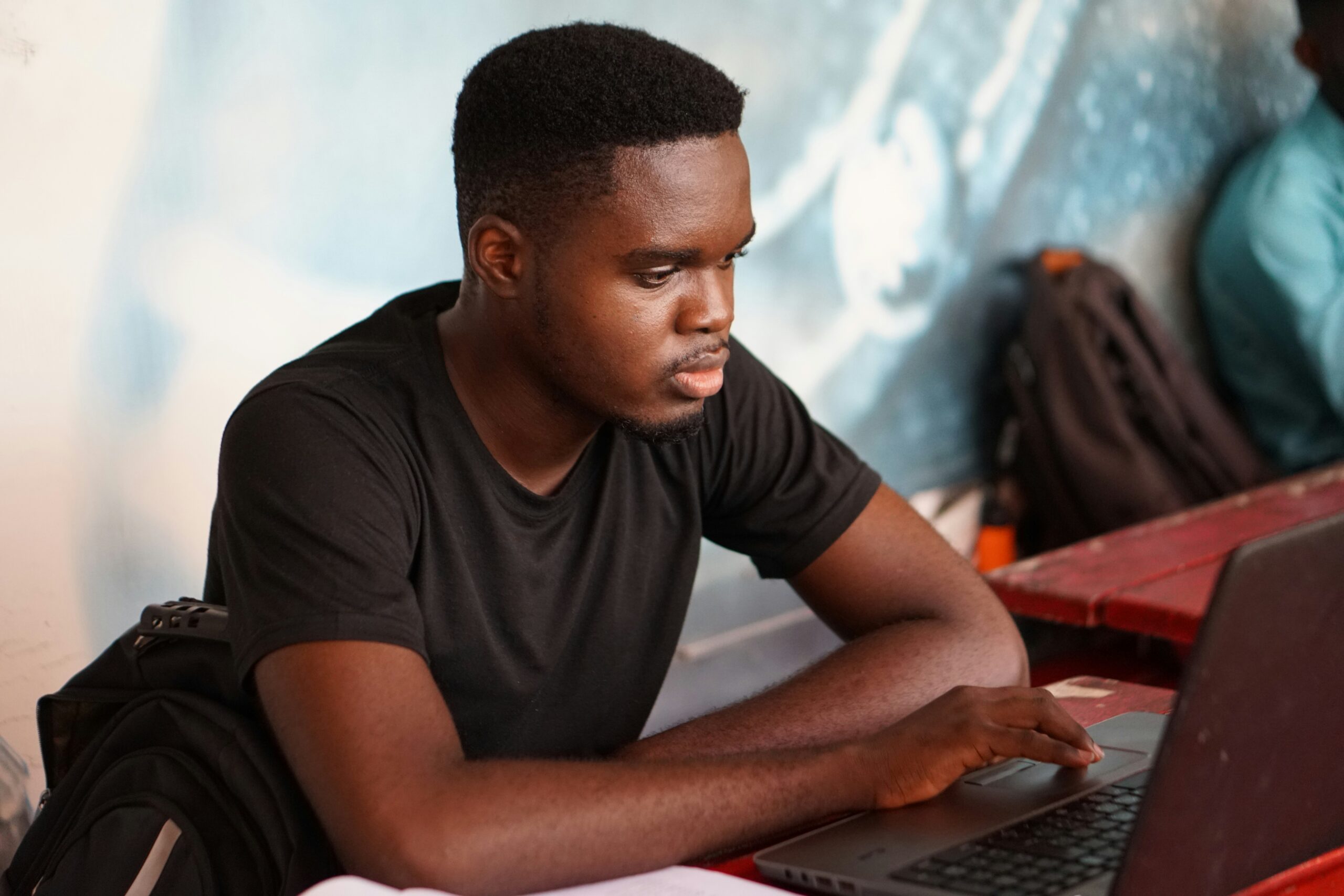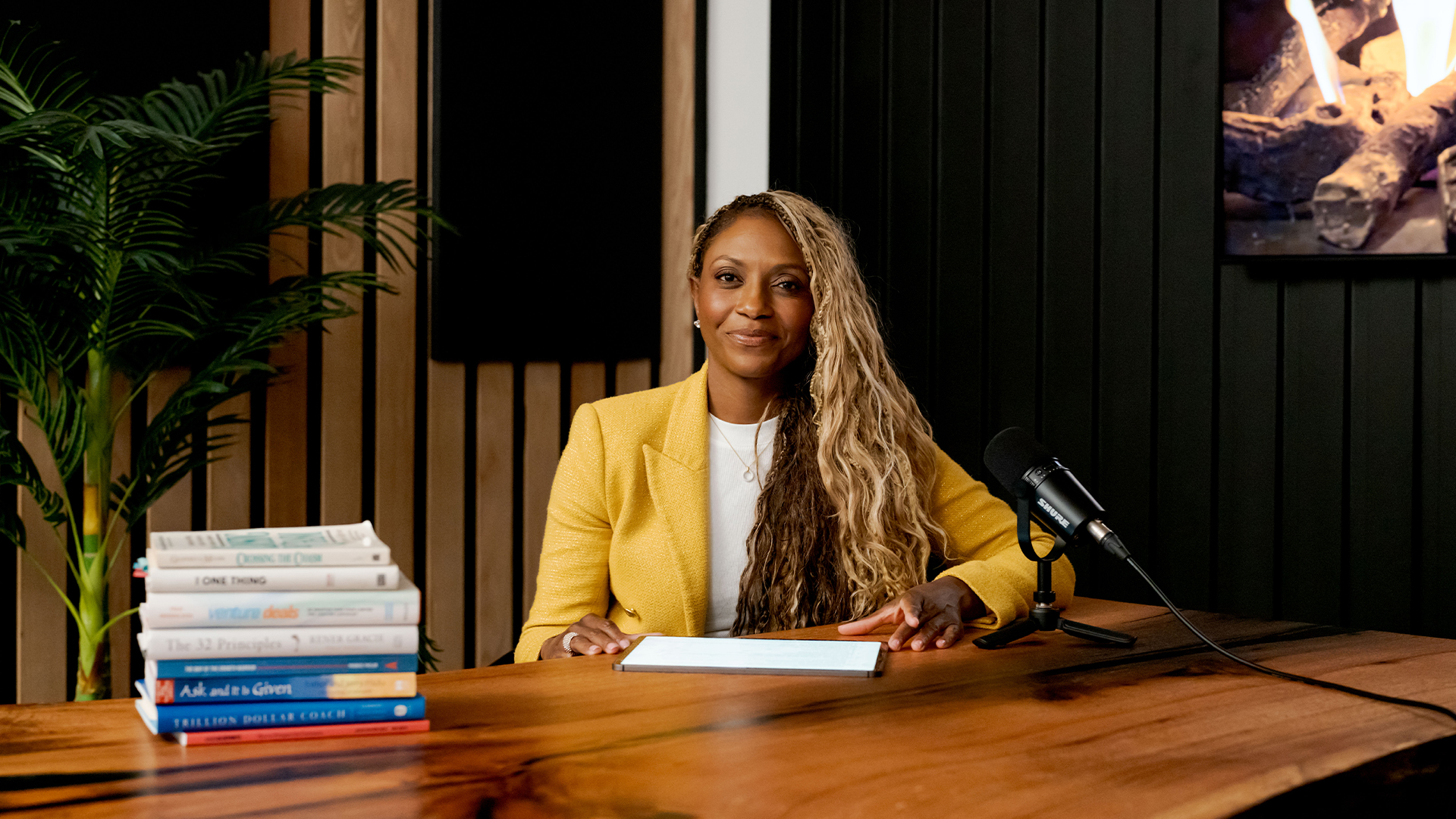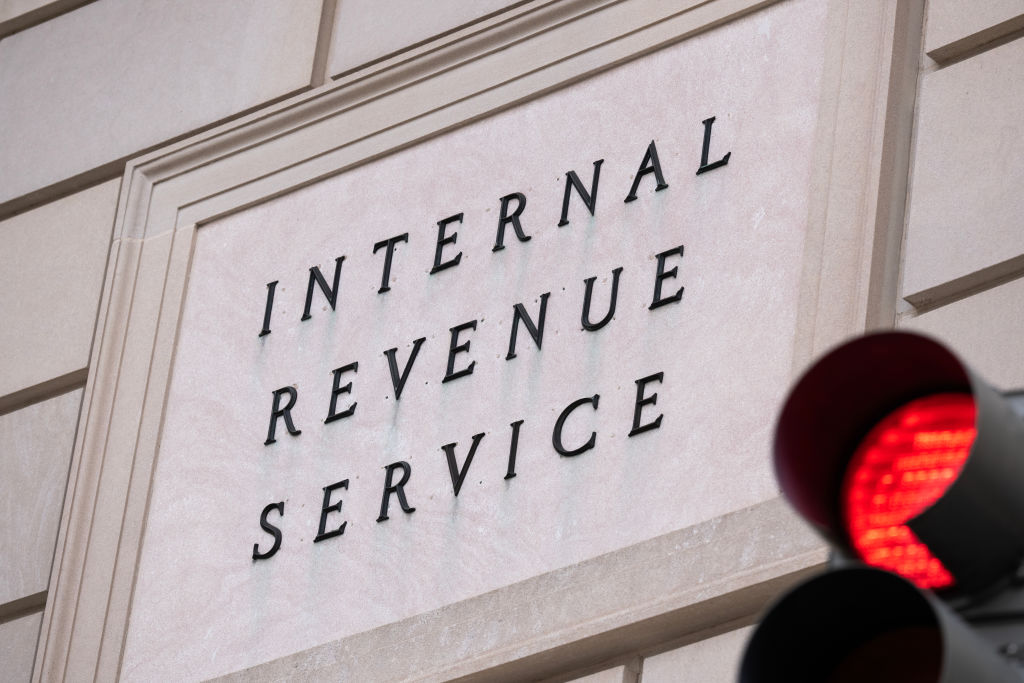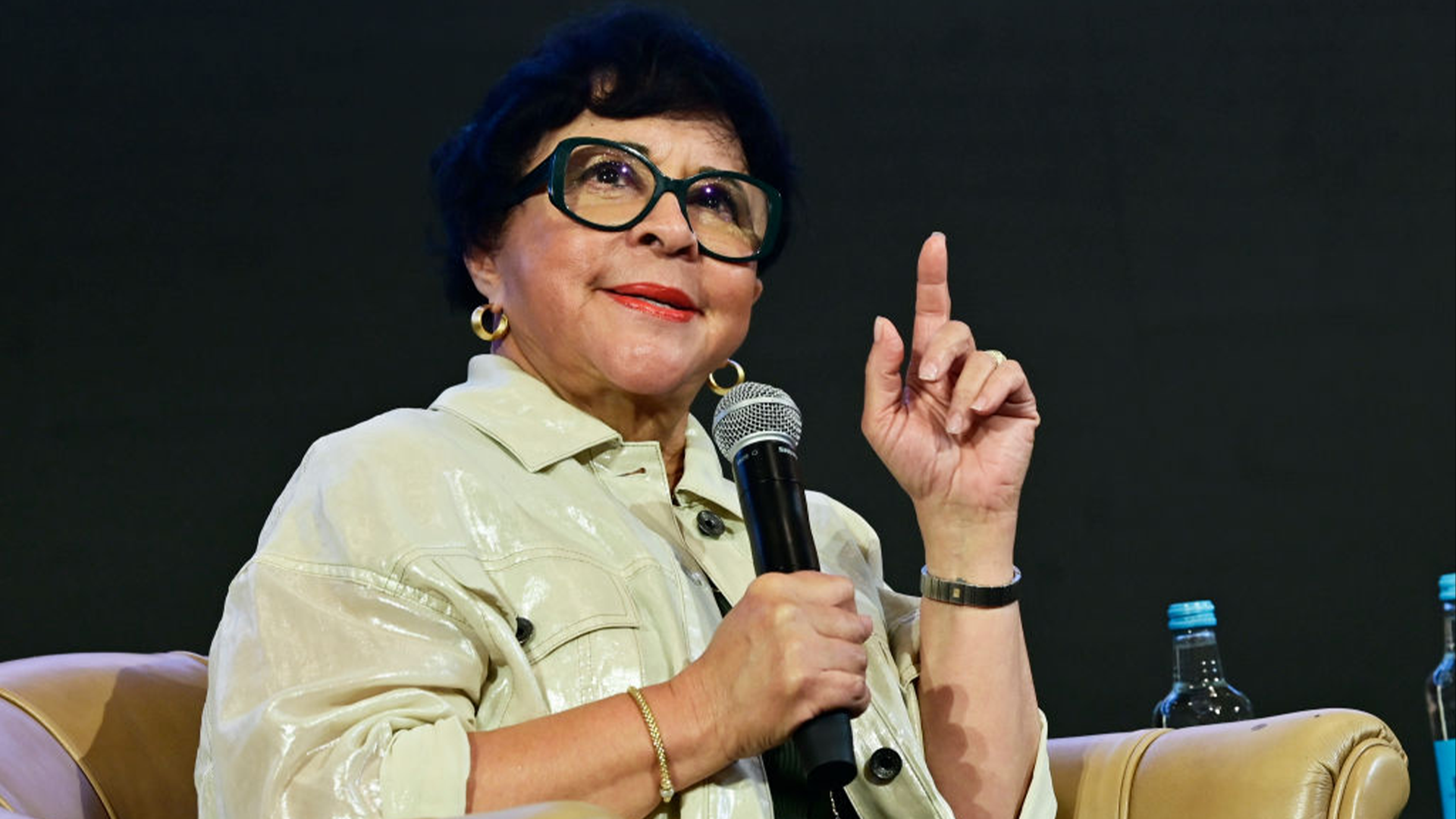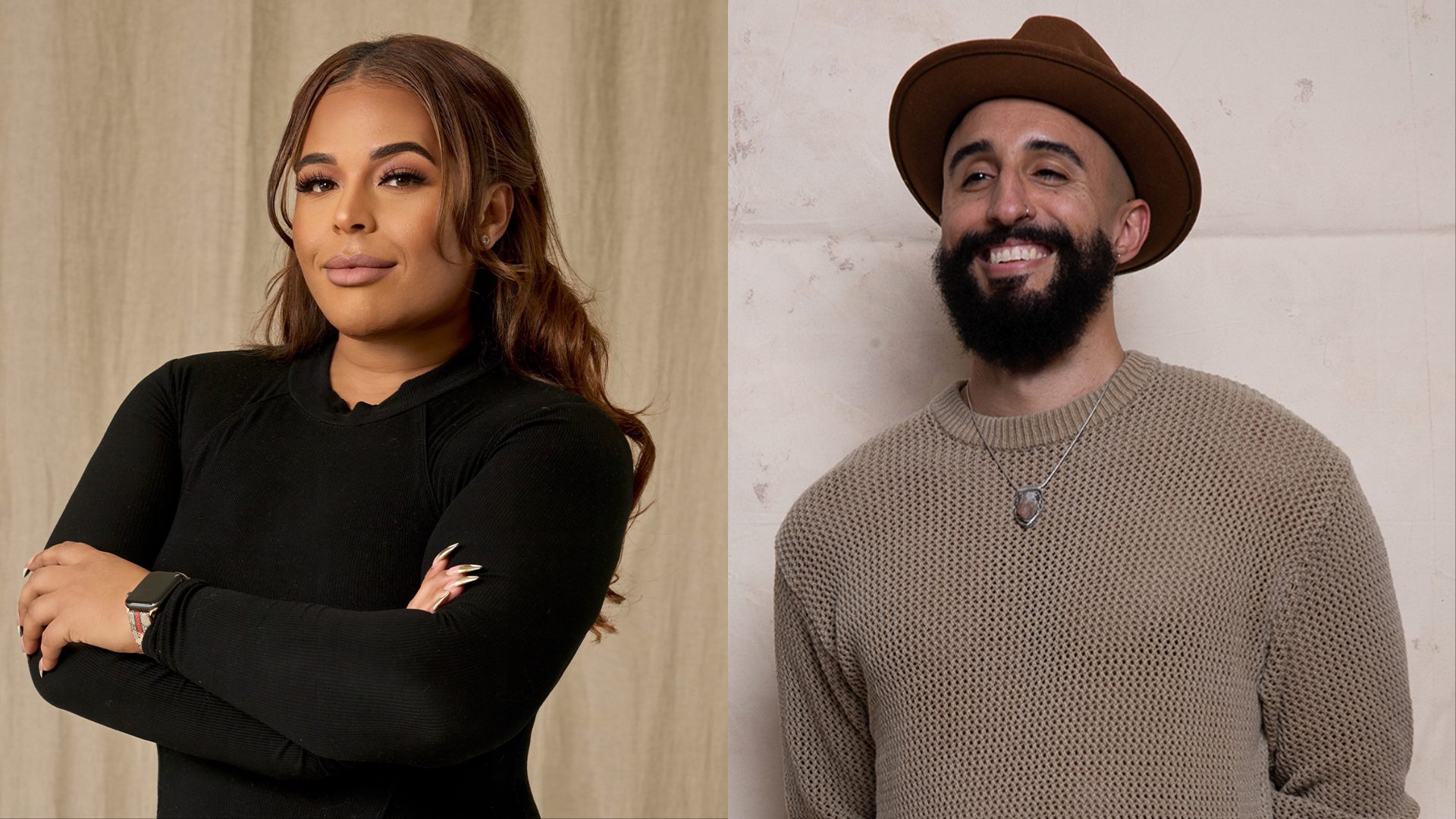Following the racial tensions stemming from the murder of George Floyd in May 2020, many companies shifted their gaze toward the voices and needs of Black communities.
Netflix was one of them. As AfroTech previously told you, in June 2020, the streaming service pledged 2 percent of its cash holdings to funnel $100 million into Black-owned banks. The investment will honor its mission to provide direct aid to Black communities within the U.S.
According to a study in 2019, the average white household acquired $188,200 in wealth, which is 7.8 times more than the average Black household. Equal distribution of capital is vital to spearhead the financial empowerment of Black communities.
Netflix Honors Its Initial Commitment
Netflix is making it happen. Since the announcement, Variety reports, the company earned $7.5 billion in cash and equivalents on its banking sheet, placing its investment total at $150 million. Although Netflix has upheld its promise, it will continue its financial commitment to Black-owned financial institutions.
“More capital moving into these institutions means more home and small-business loans, resulting in more opportunities for Black communities,” Aaron Mitchell, HR director of Netflix Animation Studios, and treasurer Shannon Alwyn wrote in a blog post-Wednesday, Variety reports.
A 2020 blog post from Netflix executives revealed the company opted away from their conservative investment policies to breed more opportunities to work with Black-led financial institutions.
“We had to make exceptions to how things are traditionally done to make this investment work,” Alwyn wrote in a blog post last year. “However, every company manages their cash differently and has a different appetite for risk. The key is for each company to determine what level of risk they’re willing to take on.“
As success stories begin piling up from Netflix’s commitment, now users can tap into “Banking On Us,” a new web series that documents how homeowners and businesses utilized the loans from Netflix to make a lasting impact in their communities.
The first episode has launched on YouTube and can be viewed here.



